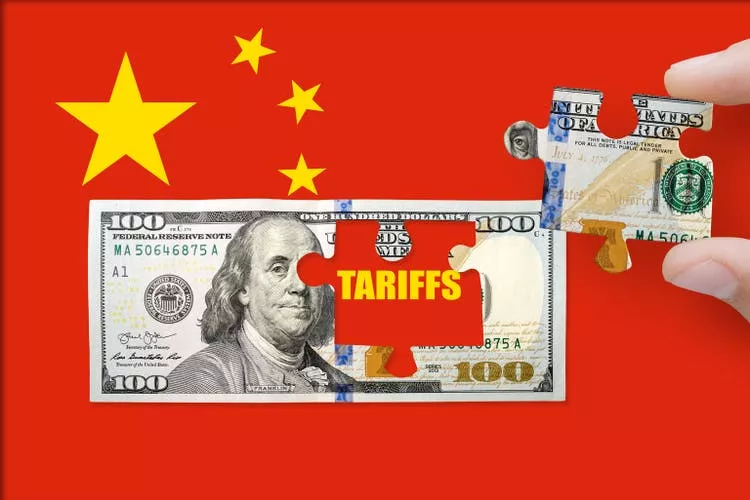Tariffs Are Taxes
Summary
- Trump's tariffs function as hidden taxes, increasing government revenue but primarily burdening American consumers and raising inflation.
- Deficit reduction is achieved by combining spending cuts with tariff revenue, but most of the reduction comes at consumers' expense.
- Tax cuts from the OBBBA duel with tariff-driven tax increases, creating a complex impact on Americans' finances.
- Given likely inflation from tariffs, I recommend investors consider inflation-resistant assets such as TIPs, precious metals, and real assets.

The stated purpose of President Trump’s tariffs is to level the playing field by boosting US industries and punishing foreign exporters But rather than hurting foreign exporters, the economic evidence shows American firms and consumers are hardest hitbecause tariffs are in fact taxes. The good news is that it’s a tax that will reduce the national debt. The bad news is that the US consumer is being tricked into paying the tax, and this tax will increase inflation.
President Trump has initiated clever ways to address our incredible federal debt problem. The solutions to our mounting debt problem are to decrease spending and increase revenues, as follows:
- Decreased spending: The stated savings from DOGE are estimated at around $205 billion per year. These savings stem from increases in efficiency – a good thing, although the “real savings” are under debate.
- Increased revenues: Tariffs increase revenues in much the same way as taxes, but tariffs trick us into supporting the tax because it “levels the (foreign exchange) playing field.” These revenues are estimated at $500 billion per year.
- Combined improvement: Deficit spending could decrease by $700 billion from $2 trillion down to $1.3 trillion – a giant step in the right direction ceteris paribus, but be aware that most of that reduction is paid by us as consumers
The irony is that Across the Country, Americans Will Pay Less in Taxes Thanks to President Trump’s Big Beautiful Bill.The One Big Beautiful BillAct (OBBBA) not only makes the 2017 tax cuts permanent but also introduces additional breaks, including deductions on tips and overtime pay, tax relief for seniors and an expanded child-care tax credit. These tax cuts are dueling with tariff taxes.
Tariff mechanics
For a detailed description of how tariffs work and their economic effects, please see Oxford Economics’Tariffs 101: What are they and how do they work?
Importers (U.S. entities) pay the tariff directly to U.S. Customs and Border Protection. Like other taxes, tariffs generate revenue for the government, which goes to the U.S. Treasury’s General Fund. The cost is generally passed on to consumers through higher prices. This is similar to other taxes, like sales taxes, where the end consumer bears the cost but doesn’t directly vote on each tax imposition.
The Tax Foundation lays out the details of the tariffs being a consumption tax in Who Pays Tariffs? Americans Will Bear the Costs of the Next Trade War. The study states that Historically, economists have found that foreign firms absorbed some of the burden of tariffs by lowering their prices, resulting in a combination of foreign businesses and domestic firms and consumers sharing the burden of tariffs. In contrast to past studies, however, recent studies have found the Trump tariffs were passed almost entirely through to US firms or final consumers.
This report is a compilation of several studies by economists who expect bad things to result from Trump’s tariffs.
Conclusion
No one likes to be fooled, but addressing our serious debt problem is good. Will this experiment work? Reducing the deficit should reduce inflation, but increasing prices will increase inflation. Which will prevail? IMHO inflation will become a serious problem. If I’m right, investors shouldmove to inflation resistant approaches like TIPs, precious metals, real assets, etc.
More By This Author:
Vanguard Recommendation Would Make Target Date Funds Much Safer For Baby Boomers
Playing The Odds On US Stocks In August & September 2025
Are Current Interest Rates Too High? What Is Normal?



